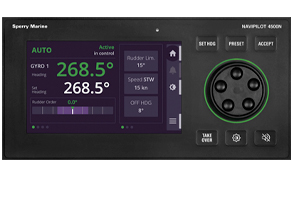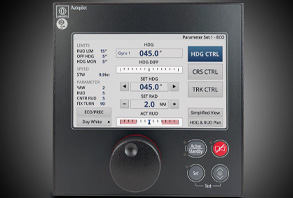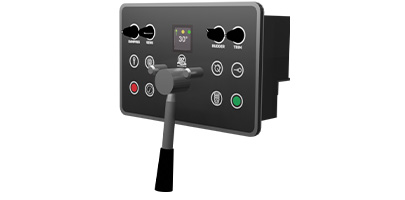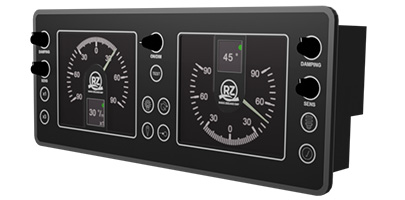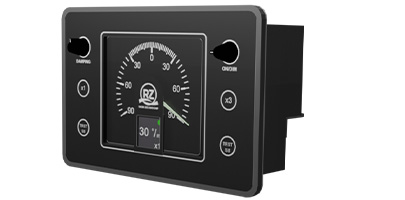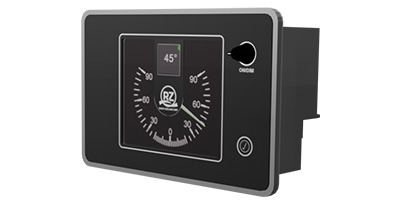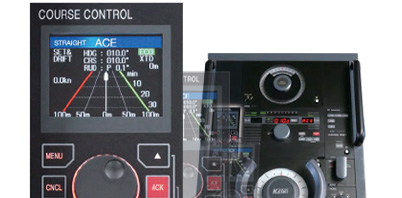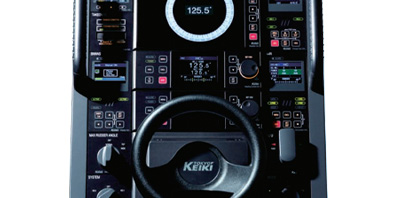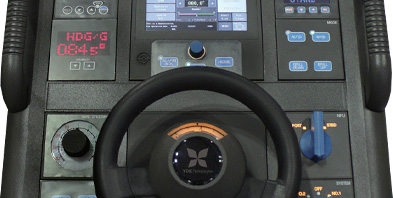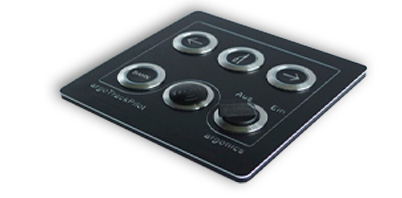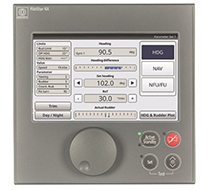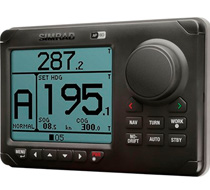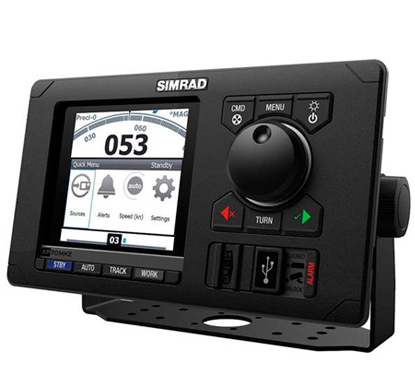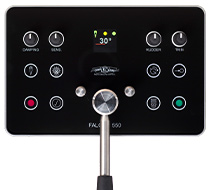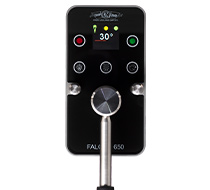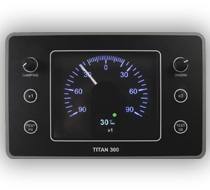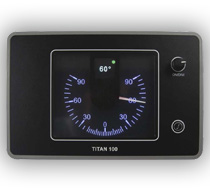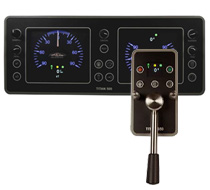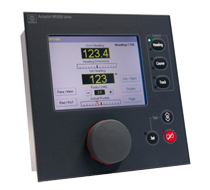Sperry Marine Navipilot 4000
The SPERRY Marine Autopilot 4000 uses advanced ship steering control network technology to steer a ship safely and efficiently. The innovative NAVIPILOT 4000 can tune itself to adapt automatically to the ship’s load characteristics and weather conditions.
Efficient Fuel Consumption
The highly reliable NAVIPILOT 4000 ensures continuous self-tuning adaptation for accurate steering and efficient fuel consumption, which is unique to all other autopilots in the marine industry.
Each single rudder activity increases fuel consumption and cost. For this purpose, the NAVIPILOT 4000 can adapt automatically to the current weather and sea conditions.
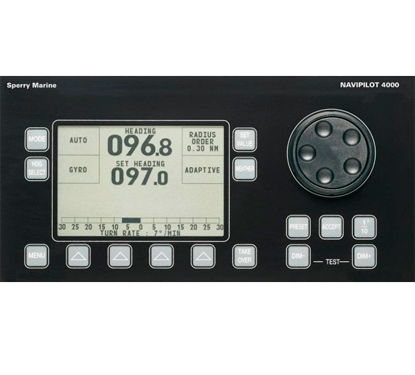
Want to know more?
Contact one of our specialists for more information or a quotation, they are more than willing to assist.
Key Benefits
- Fully self-tuning, adaptive heading control
- Manual selection of steering strategy to suit weather conditions
- Rate and radius control modes
- Meets the requirements of all major classification societies
- Ease of use with logical arrangement of sealed foil keyboard
Track Control
Track Control (also referred to as “Track steering”) combines an ECDIS with the Autopilot. The navigator can program a voyage plan into the ECDIS that contains one or more tracks. Track Control with a NAVIPILOT 4000 marine autopilot is type-approved (category B/C) when connected to a Northrop Grumman Sperry Marine VisionMaster FT ECDIS.
The autopilot system receives its orders from the Northrop Grumman Sperry Marine ECDIS and transmits steering commands to the steering system. The orders may be manual changes of wanted heading, turn radius or rate of turn or it may be orders originating from track control along a selected route. Together with Northrop Grumman Sperry Marine Bridge ECDIS and Conning Information Display, the Integrated Bridge Autopilot forms a complete system for automatic track control.
Control Area Network (CAN)
Northrop Grumman Sperry Marine developed the first steering system using a Control Area Network (CAN). The CAN connects a various number of steering controllers, including the Autopilot Control and Display Unit into a network. With this, the installation is made far simpler and faster. Also, later extension of the system is very simple.
Override for Evasive Maneuvers
Override is a means to immediately take control of the steering if an evasive maneuver is necessary, or a malfunction occurs at the autopilot. When activated, the control is transferred to the Override Non-Follow-Up Controller and the vessel is steered in manual control (non-follow up), until the Override mode is ended by the operator.
